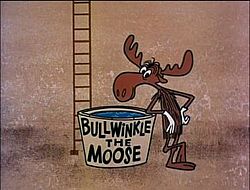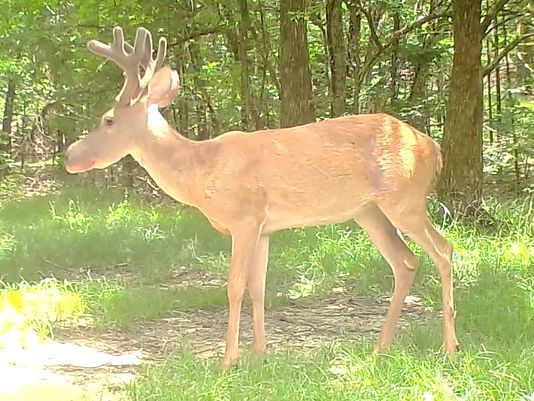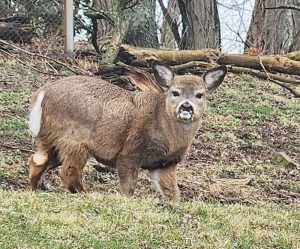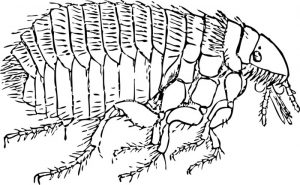He’s admittedly never seen anything like it in his many years in the woods or in hours he’s spent combing through trail camera imagery.
What was captured on video was a whitetail buck with an engorged snout bearing an odd resemblance to a moose.
“The first thing I thought of was moose,” Mississippi hunter John Baker told the Clarion-Ledger.
It’s known as Bullwinkle Syndrome and it affects a very small number of whitetail deer around the country each year. Sporadically, these swollen up deer will turn up on trail cameras and during hunting season, often bearing great resemblance to the likes Bullwinkle the moose from the 1960’s cartoon.

The snout of the deer becomes swollen, resembling the muzzle of a moose, which is the result of a chronic inflammation of the tissues of the nose, mouth and upper lip. As more samples are tested, each case is found to involve similar colonies of bacteria in the inflamed tissues.
While each case is investigated, the truth is, there is not much we know about the rare condition and more importantly, how it spreads. According to the Quality Deer Management Association (QDMA), disease authorities at the Southeastern Cooperative Wildlife Disease Study unit (SCWDS) have received 10 samples from across the country.
In studying affected animals, they were unable to attach any geographical significance to the animals and they don’t believe the condition to be lethal for deer.
As researchers continue to try and identify the actual bacteria that causes the condition, the QDMA and other organizations do not recommend consuming the meat of an affected animal. Should you take a Bullwinkle deer, authorities ask that the head is kept on ice and taken to your state game agency for further testing.




